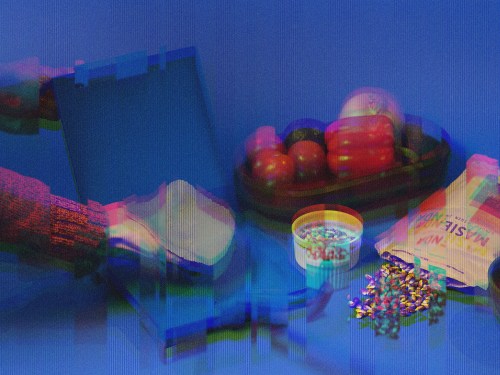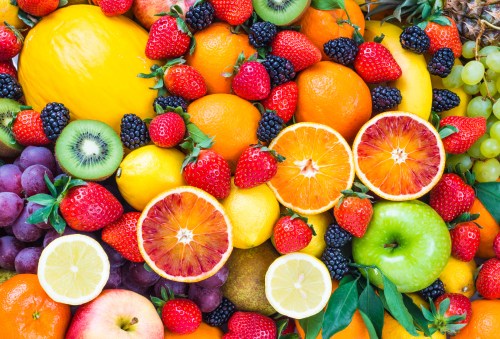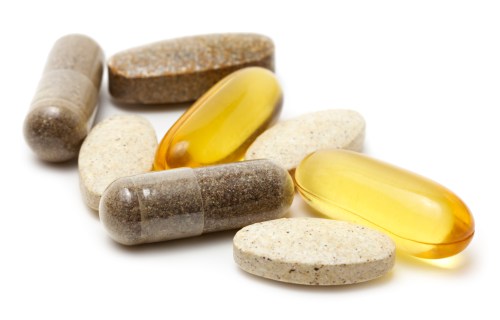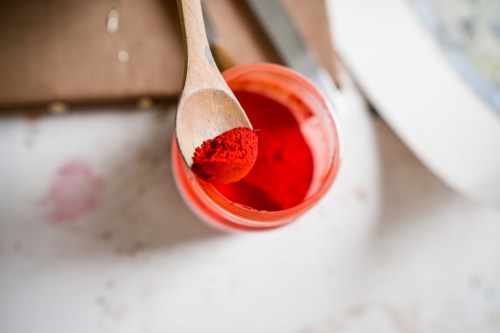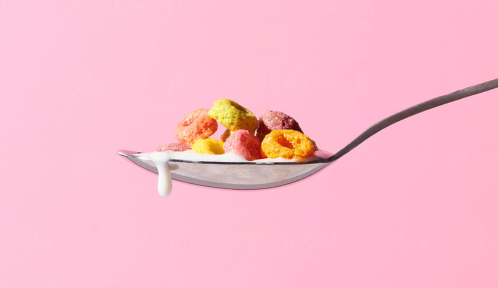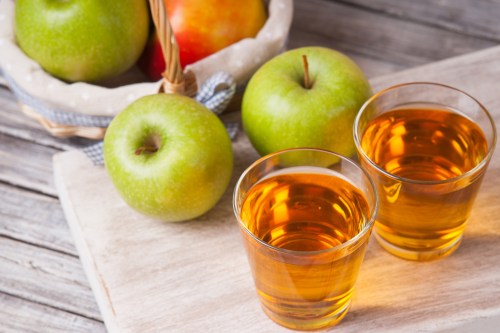
Nixtamalized Corn Will Soon Stalk up Your Pantry Shelves
In 2024, a very old process will give new life to store-bought tortillas (and chips, and more).
Tacos, tlayudas, tamales—what do they all have in common? It’s corn! While incredibly versatile once cooked, corn (maize, or maíz in Spanish) in its raw form isn’t digestible by the human body due to its high levels of cellulose, a type of insoluble fiber. This is where la magia (the magic) of nixtamalization comes into play.
Nixtamalization is an ancient Mesoamerican culinary technique1 that involves cooking raw corn kernels in alkalized water, turning them into a digestible, soft, flavorful corn dough. The process also unlocks many of corn's essential nutrients. Nixtamalization has played a key role in Mexican cuisine for thousands of years (Mesoamericans are said to have discovered it in 1500 BC), but it is both time-consuming and taxing to consistently execute at home, and one of the reasons why this culinary technique has been lost in the mix for many in the last few decades. But that's about to change: A number of new ready-to-eat consumer products starring authentically made nixtamalized corn—from tortillas and tortilla chips to dehydrated masa flour—will be cropping (!) up on store shelves in 2024 to make its many perks easily and conveniently available to consumers nationwide.
A quick primer on the science of nixtamalization: The process starts by cooking whole-kernel corn in an alkaline (pH greater than seven) solution made of water plus calcium hydroxide, wood ash, or culinary limestone powder (known as “cal”) for a minimum of six to 12 hours. This process removes the outermost layer of corn and changes the chemistry of the inside flesh, resulting in corn dough that is softer, more nutrient-dense, and richer in flavor; it can also be dehydrated and turned into flour. “Nixtamalization enhances corn’s earthy, subtly sweet notes and yields a more malleable masa that’s smoother and more palatable,” says Julio Chavez, executive chef at La Marea at Viceroy Riviera Maya, noting why the restaurant goes to great lengths to center many of its recipes around nixtamalized corn-based dishes.
Nixtamalization is a key discovery in human history for securing rich and dense nutrition in people’s diets; the technique was likely essential for sustaining civilizations during the pre-Columbian era, as corn was—and still is—the foundation of a nutritious diet for many. “Nutritionally, nixtamalization enhances the bioavailability of niacin2, vitamin B3, helping to prevent pellagra [a disease caused by a severe deficiency of niacin]. It also increases the calcium content, which is beneficial for bone health, and promotes the availability of certain amino acids, like tryptophan,” says Dalina Soto, MA, RD, LDN, registered dietitian and founder of Your Latina Nutritionist.
Yet, the drawback has always been clear: Nixtamalization is an arduous, lengthy process to execute. And in Mexican culture, it’s a task that’s often absorbed by the matriarch of the family, particularly the abuelita (grandmother), says Sarah Portnoy, PhD, a professor in the Latinx Food Studies and Food Justice Department of Latin American and Iberian Cultures at the University of Southern California and producer of the documentary, Abuelita’s Kitchen: Mexican Food Stories. While some cooks in Mexico are still making nixtamalized masa at home, the practice hasn’t been as prevalent as it once was due to the industrialization of the tortilla-making industry that began in the 1980s. In the years following, many nixtamalized corn-based products were replaced with products made primarily from corn flour (or ground, whole corn kernels that haven’t been cooked in cal). While corn flour lacks some of the nutrition and depth of flavor nixtamalized flour offers, it is indeed easier to produce.
Sign Up for Our Daily Newsletter
Get all the latest in wellness, trends, food, fitness, beauty, and more delivered right to your inbox.
Got it, you've been added to our email list.
